- Wool: Namda is primarily made from wool, often sourced from local sheep breeds. Wool is chosen for its warmth, durability, and ability to felt.
- Felting Process: The process of making Namda involves felting wool fibers together through agitation and pressure, typically by hand. This process mats the fibers together to create a dense and sturdy fabric.
- Layering: Multiple layers of wool fibers are laid out and compressed to achieve the desired thickness and density for the Namda.
- Designs: Traditional Namda designs often feature geometric patterns, floral motifs, or stylized depictions of nature. These designs are created using colored wool fibers that are felted into the base fabric.
- Backing: Namdas may have a backing fabric, usually cotton, stitched onto the underside for added stability and durability.
Uses and Characteristics:
- Warmth: Namdas are known for their warmth and insulation properties, making them suitable for use as rugs or floor coverings in cold climates.
- Versatility: Namdas can be used as rugs, floor coverings, or even wall hangings. They add a touch of traditional charm to interior spaces.
- Cultural Significance: Namda-making is a traditional craft in the Kashmir region, with artisans passing down their skills through generations. The craft holds cultural and historical significance and is often associated with Kashmiri craftsmanship.
- Decorative: Namdas are often prized for their intricate designs and vibrant colors, adding beauty and personality to living spaces.
- Socio-economic Importance: The production of Namdas provides livelihoods for many artisans and contributes to the local economy in Kashmir and other regions where the craft is practiced.
Overall, Namda represents a rich cultural tradition and craftsmanship in the Kashmir region, combining practicality with artistic expression. These felted wool rugs are valued for their warmth, durability, and decorative appeal, making them cherished items in homes and cultural contexts alike.
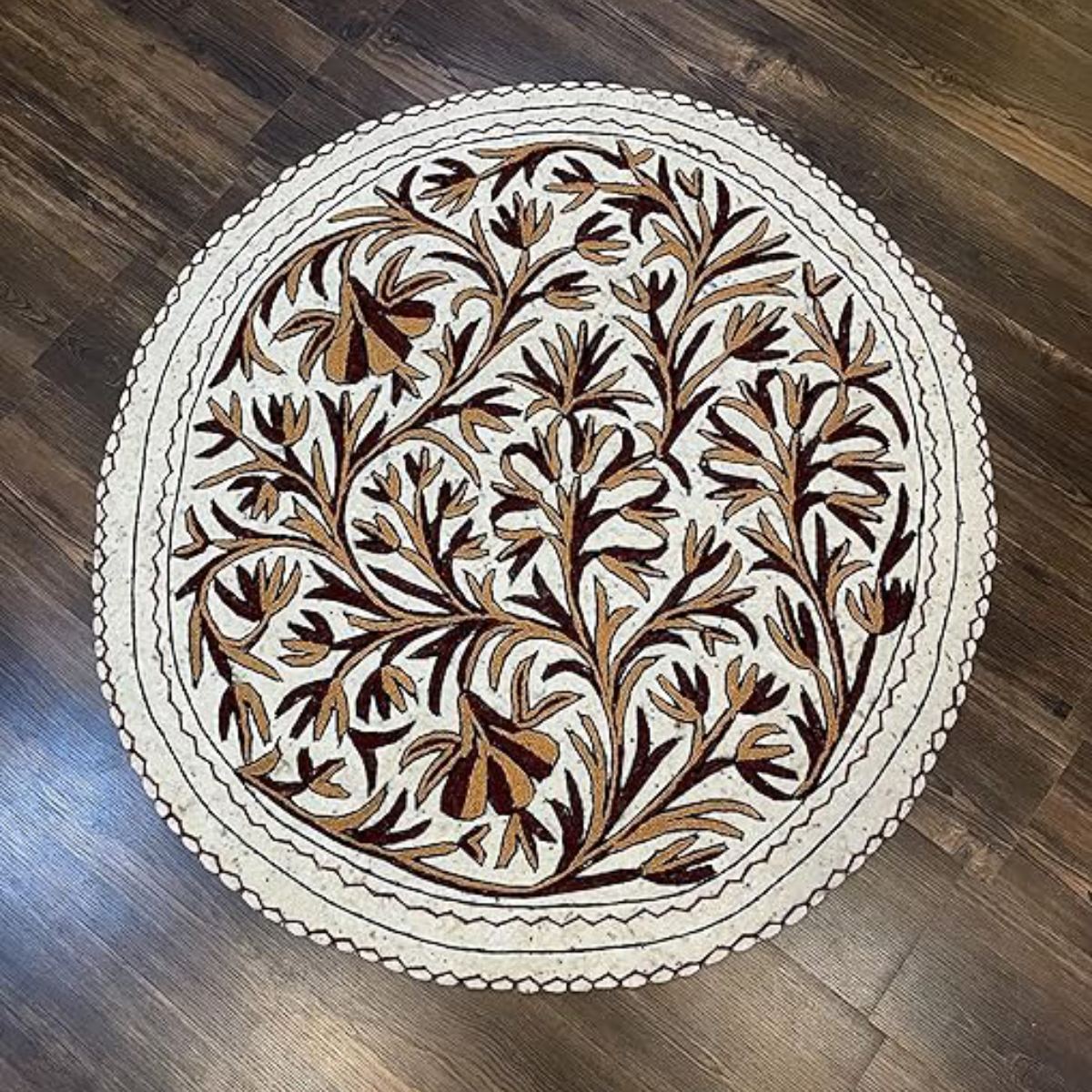
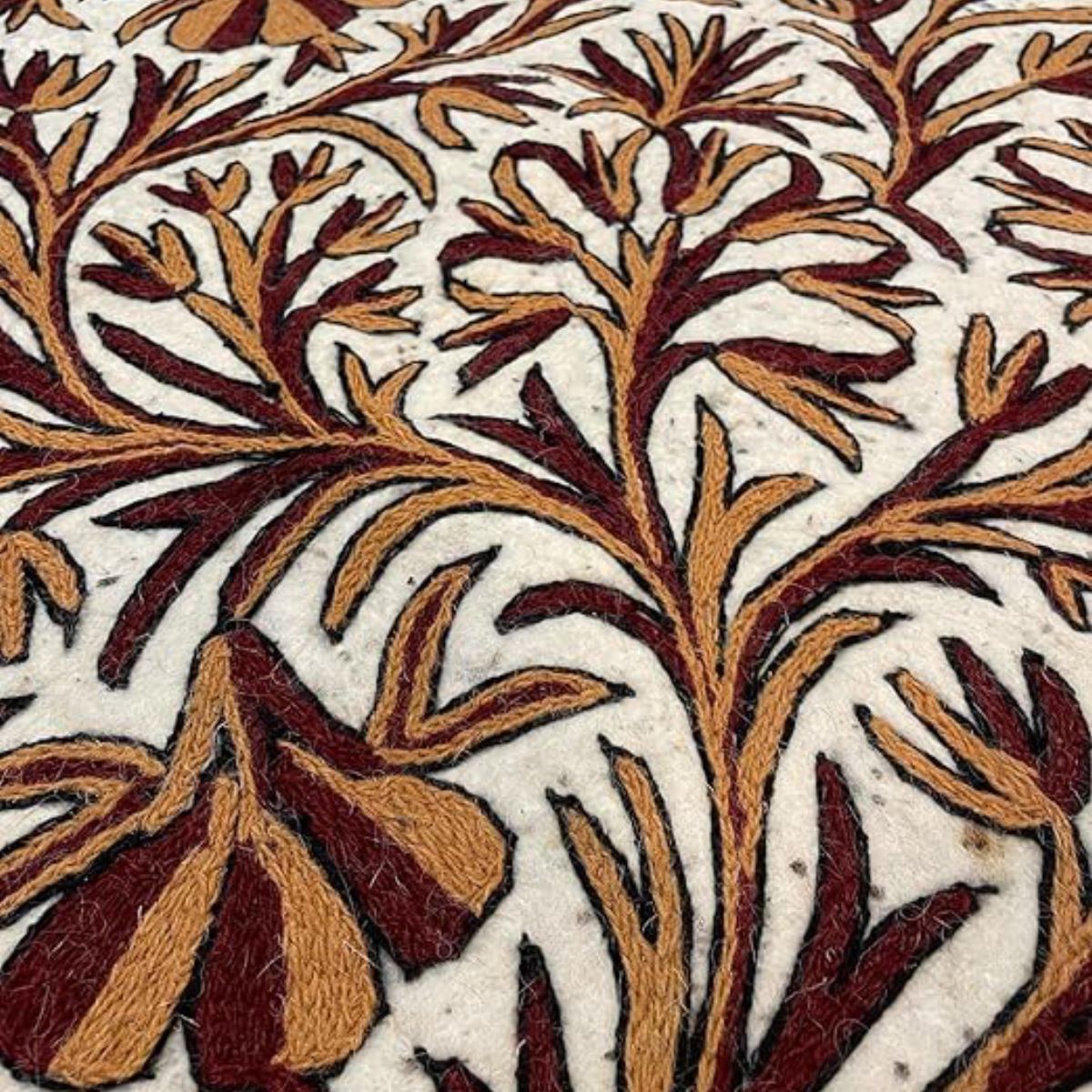
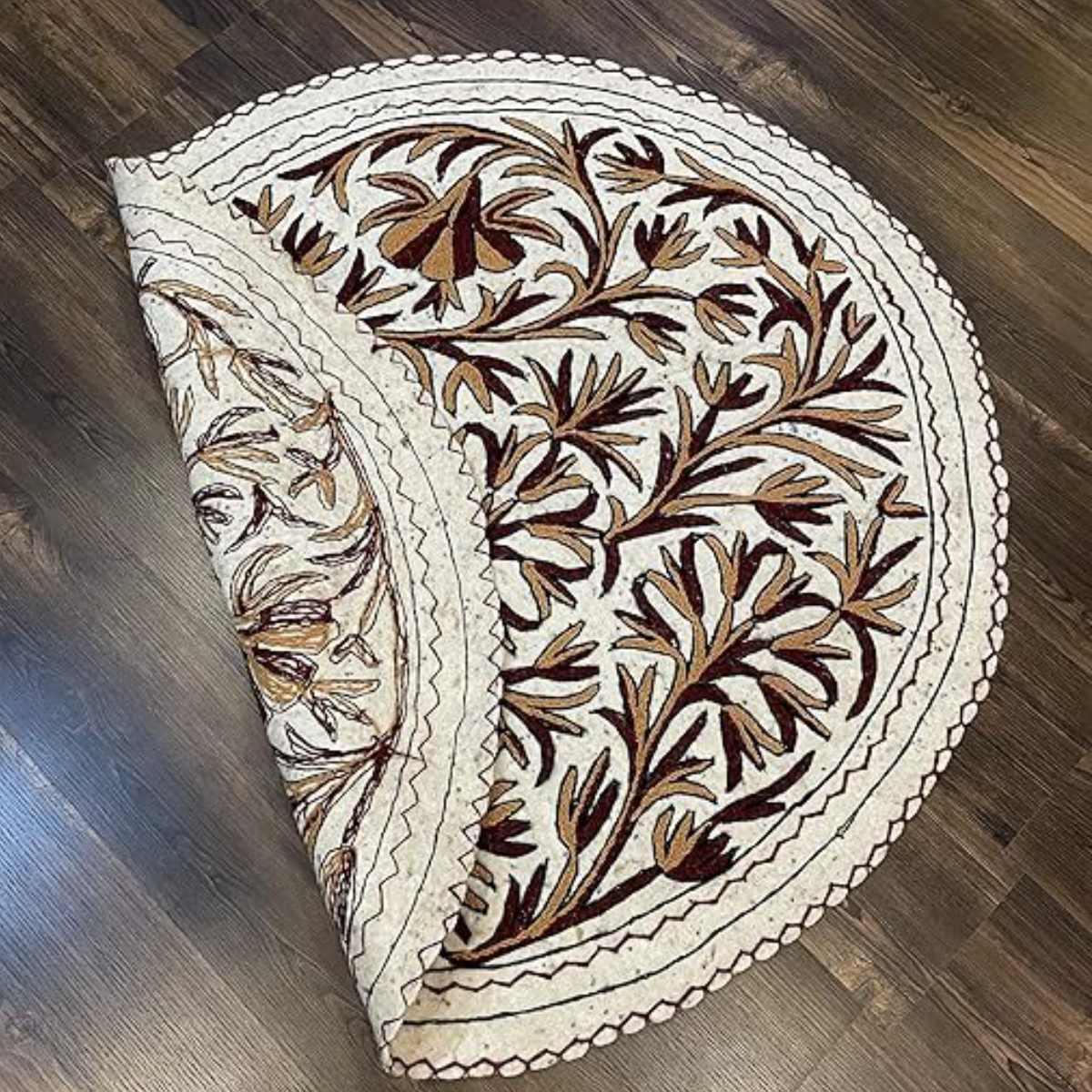
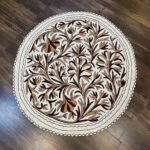
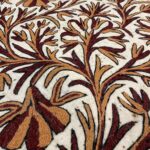
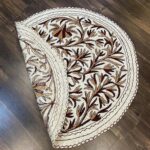

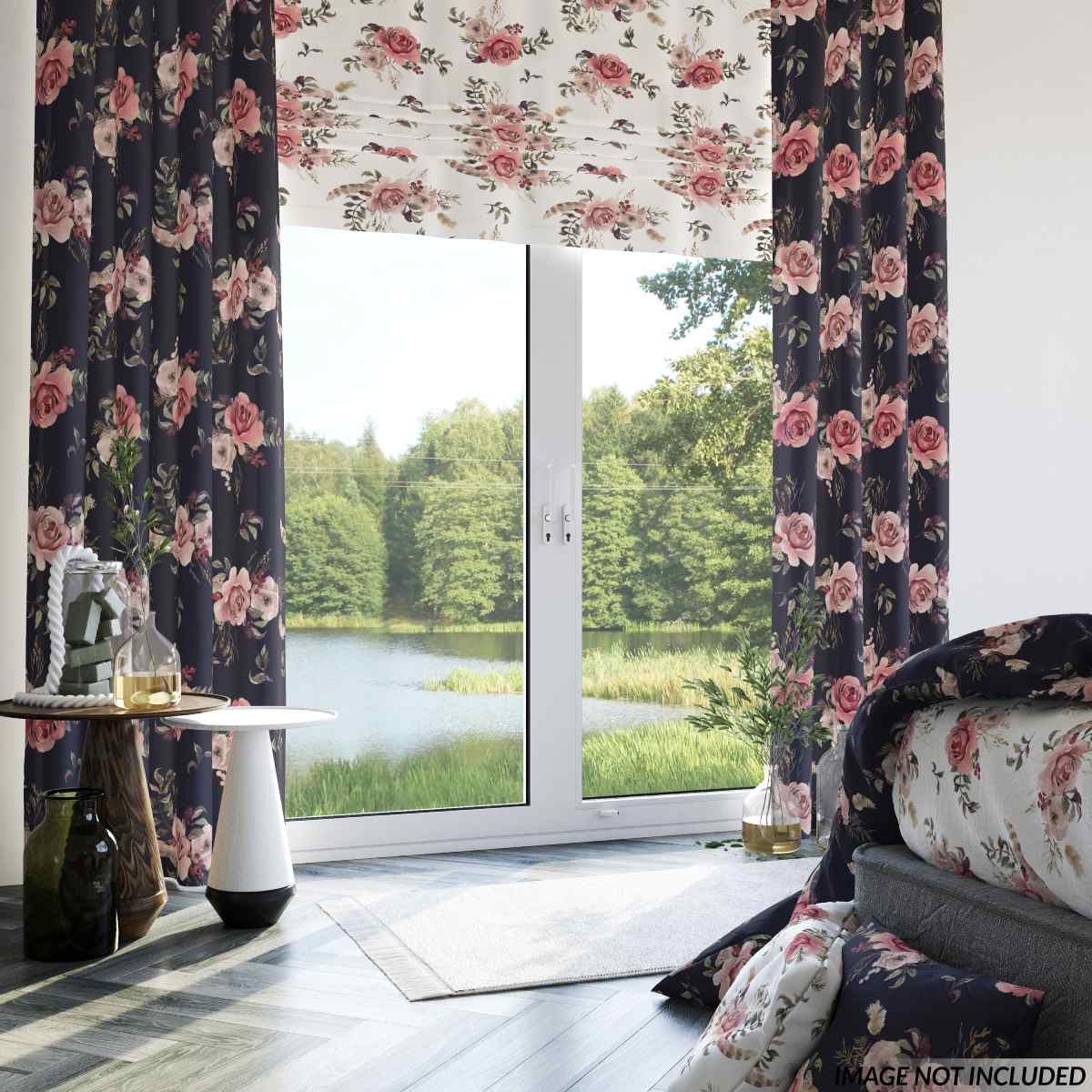
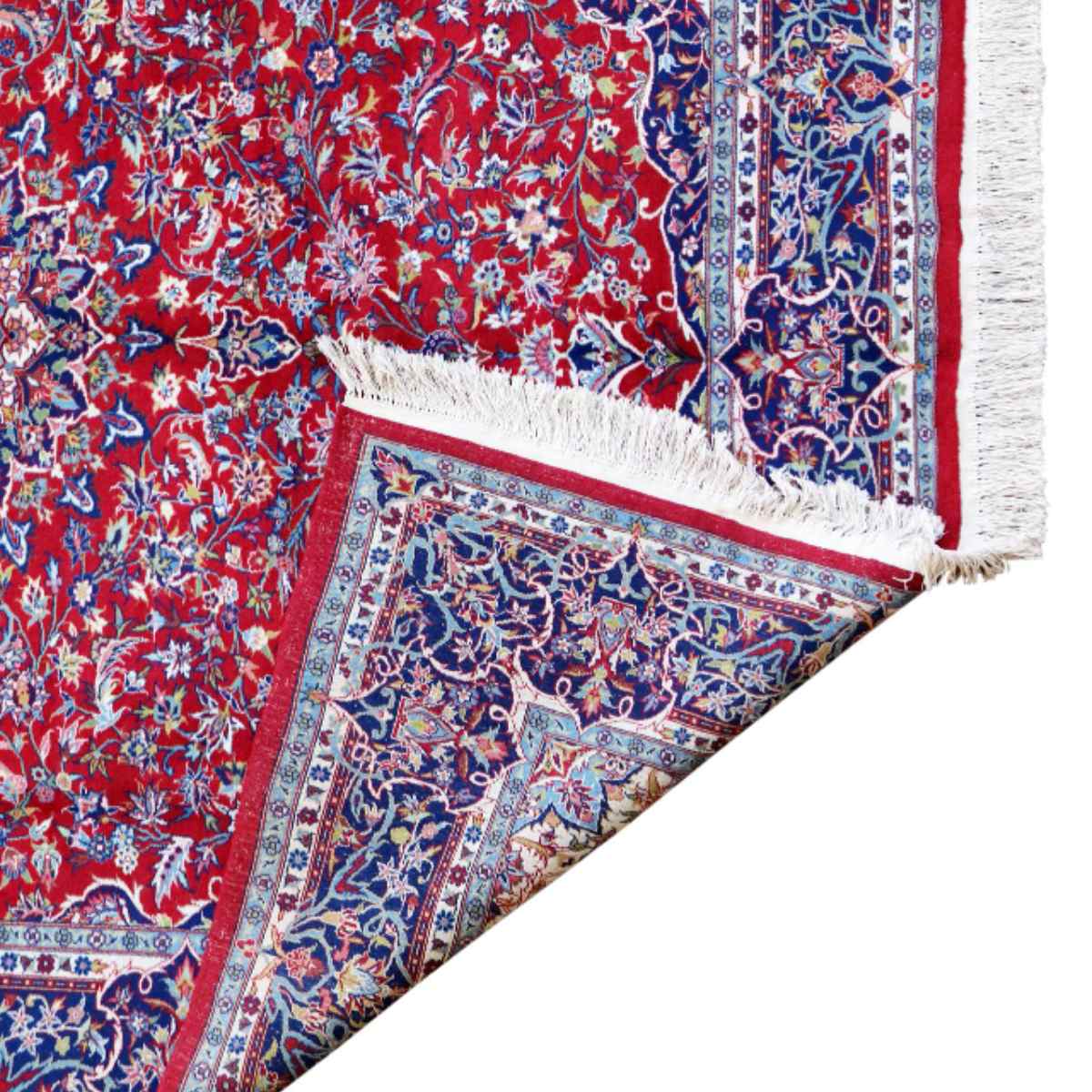
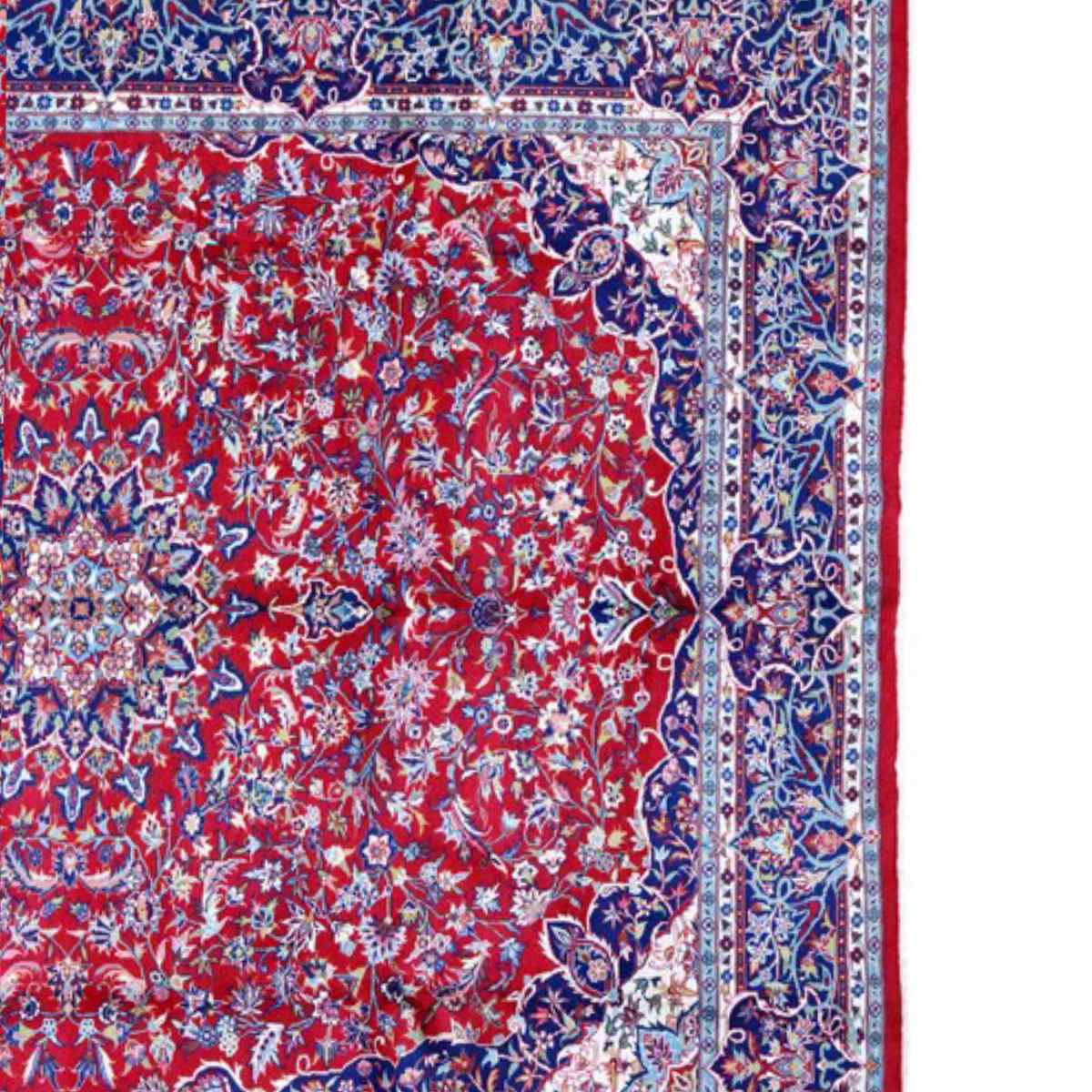
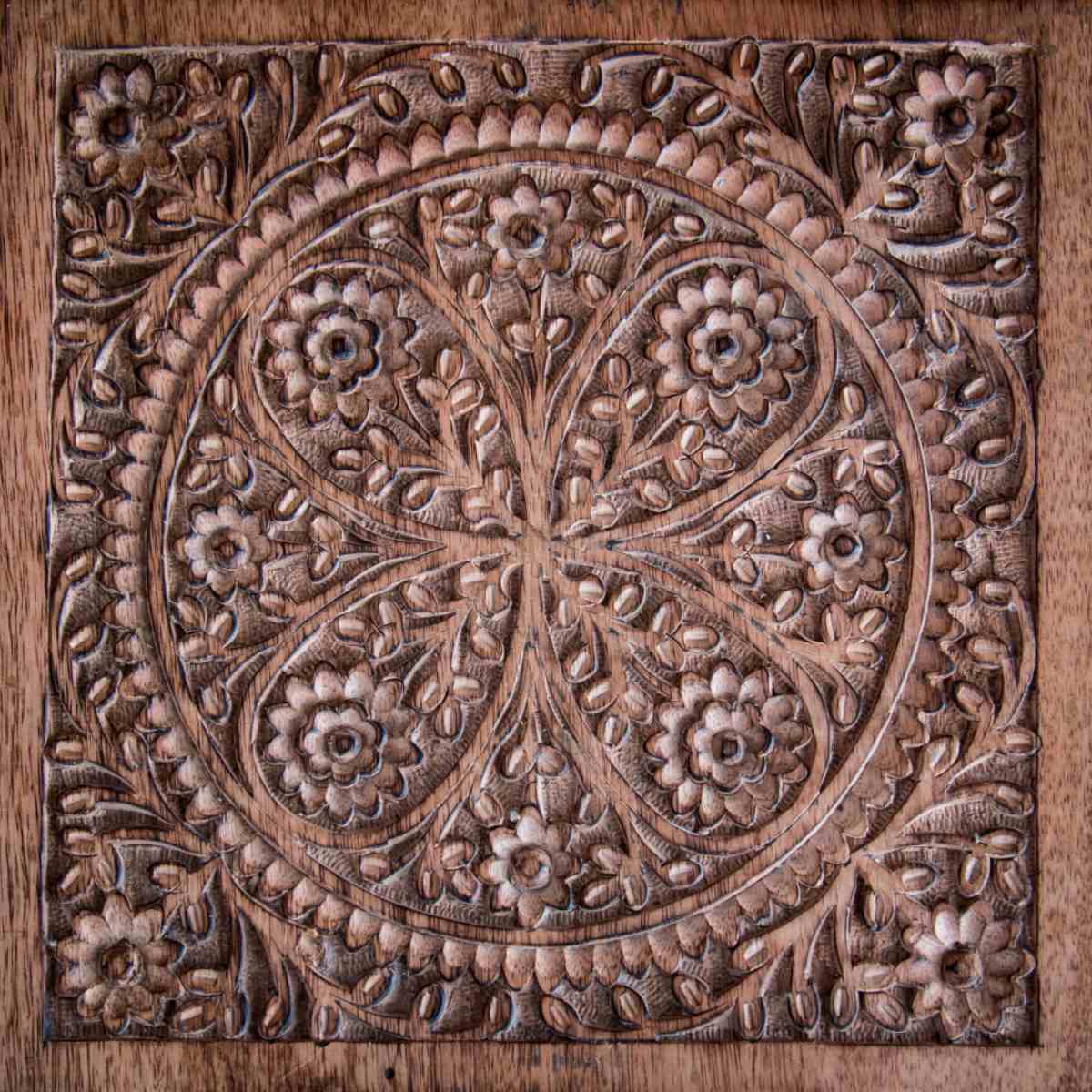
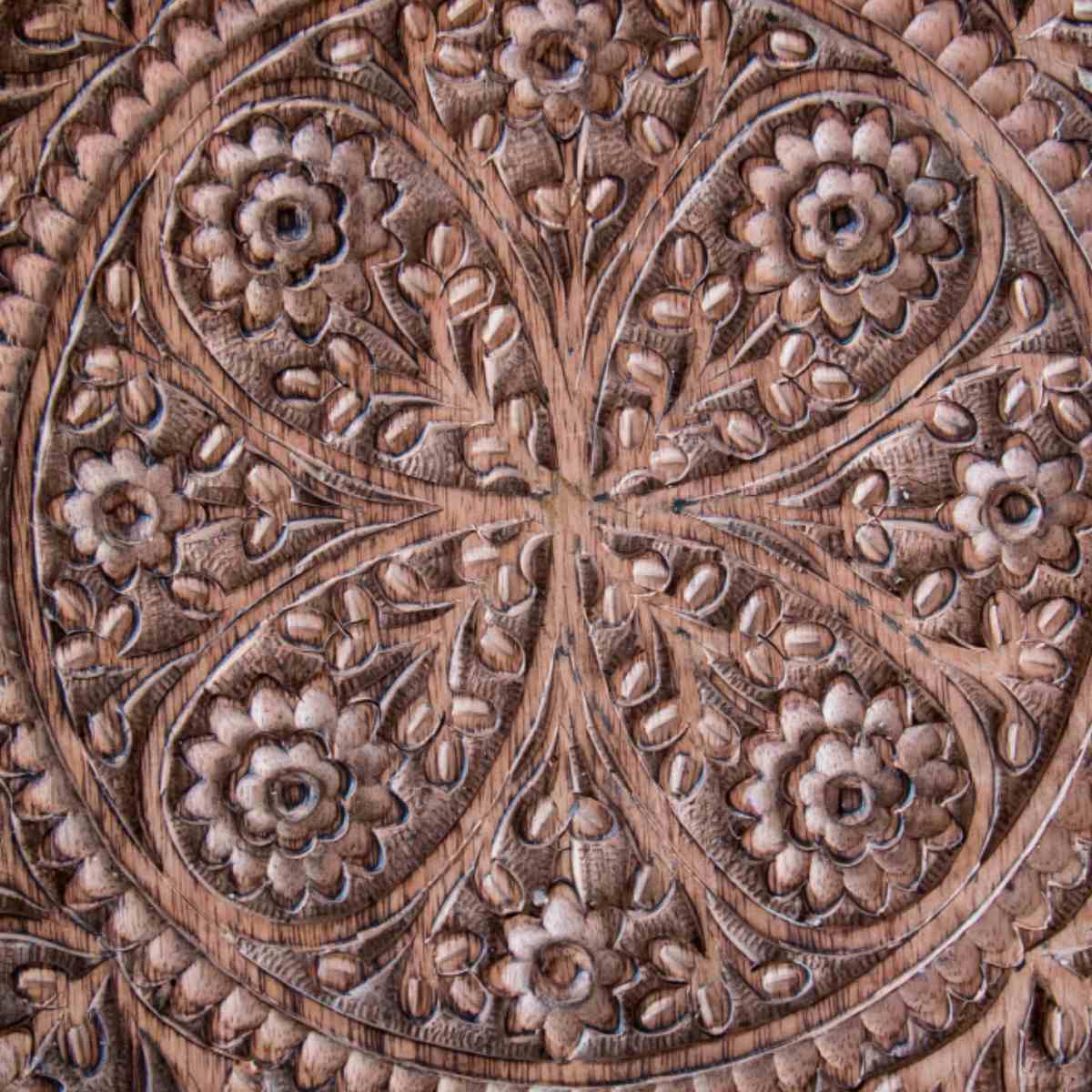
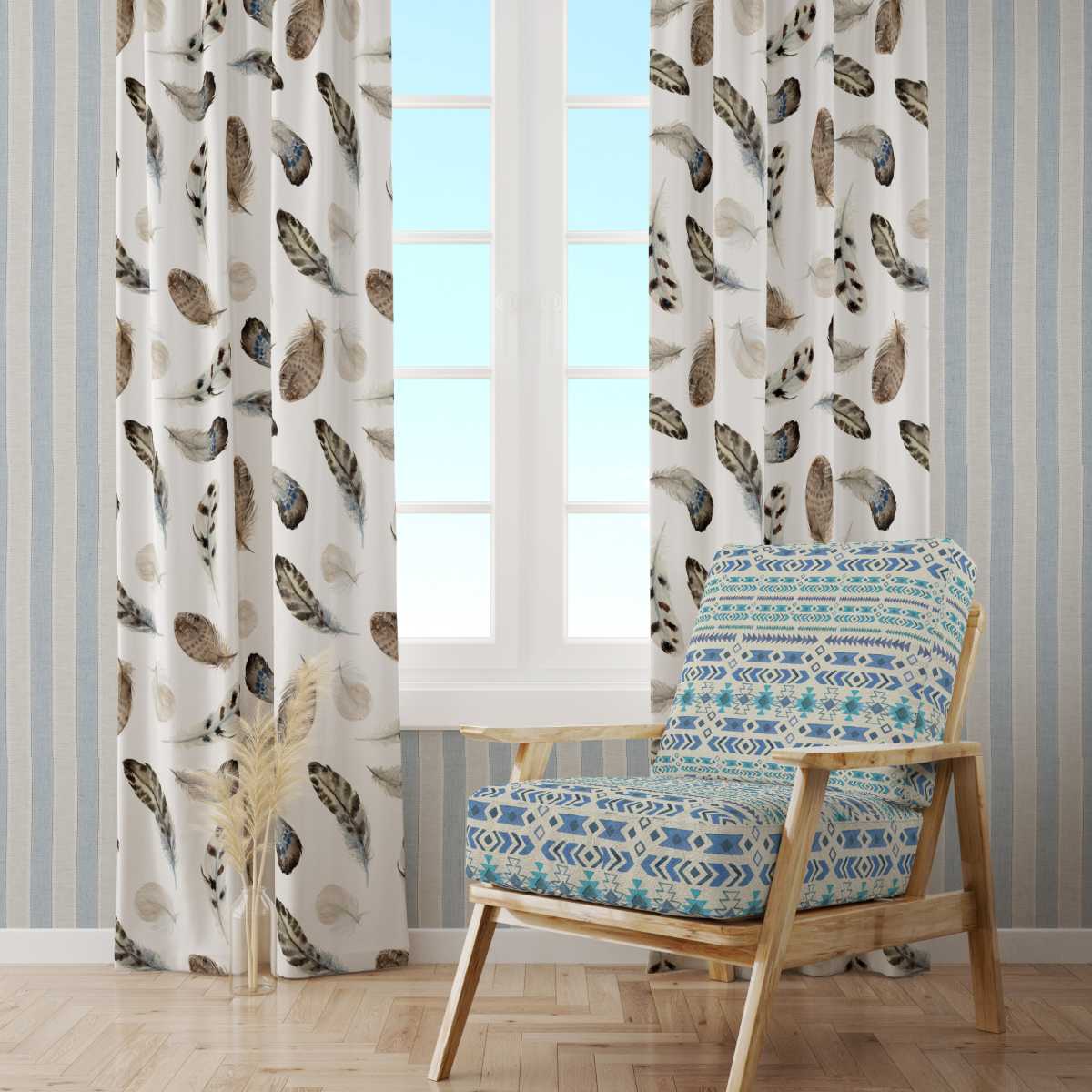
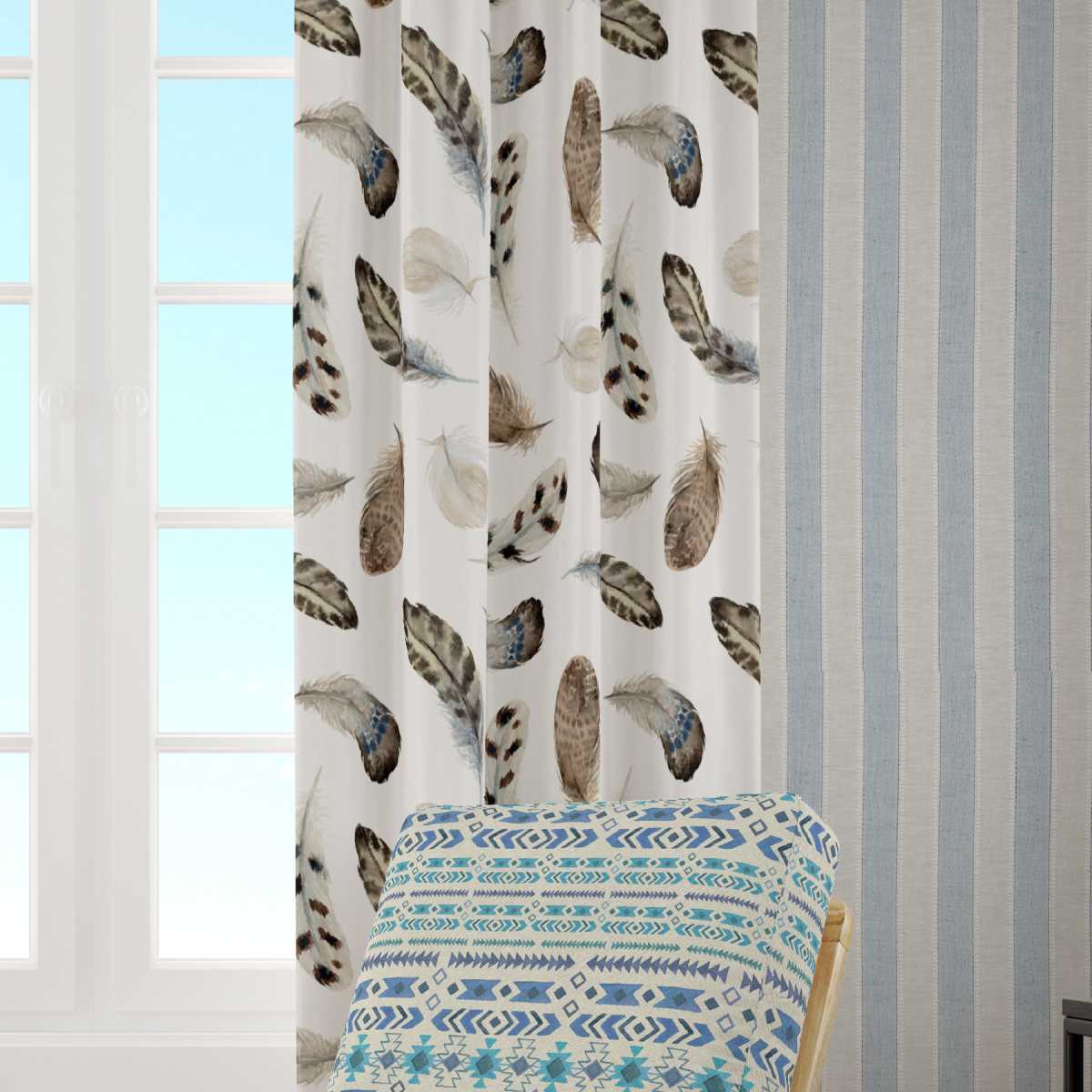
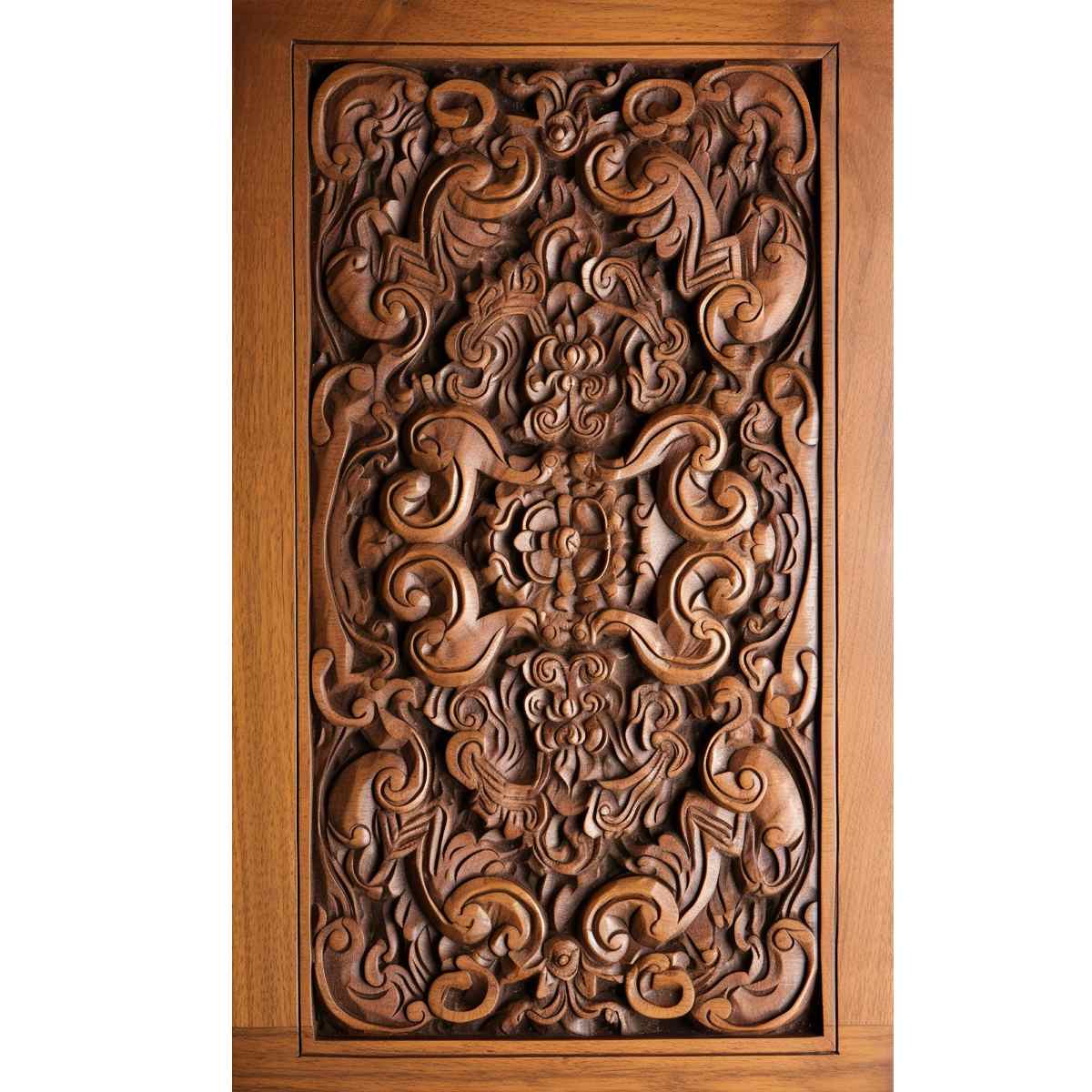
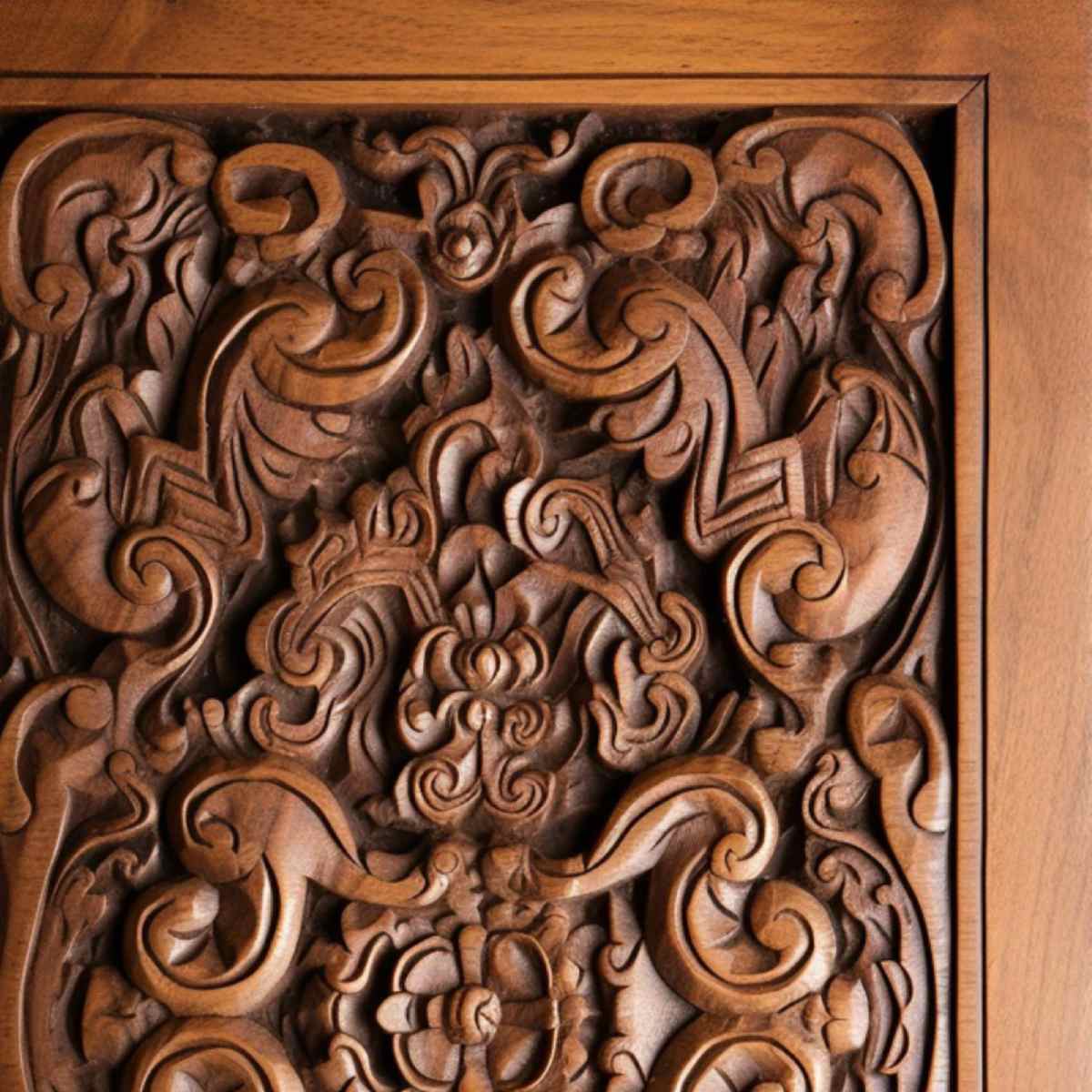
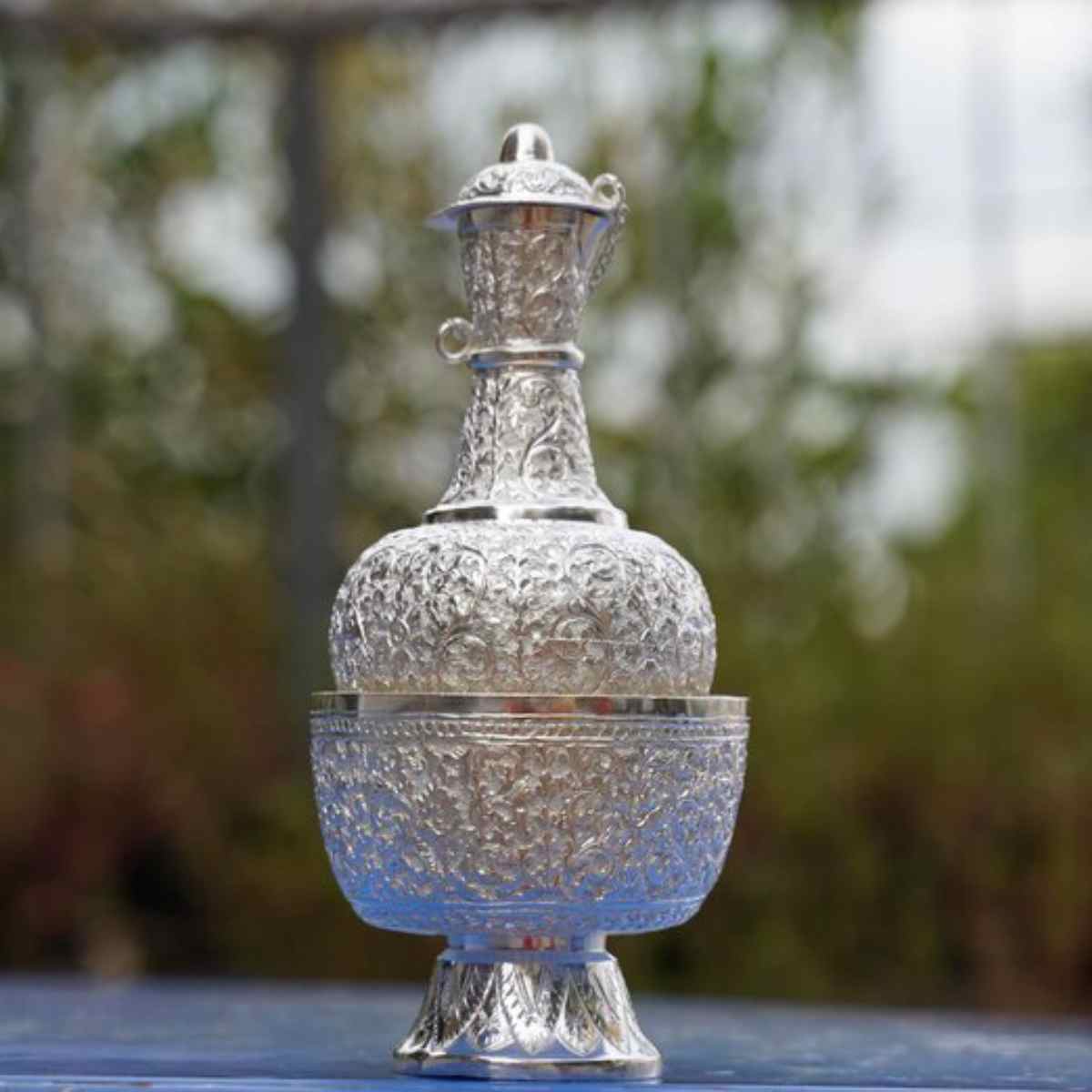
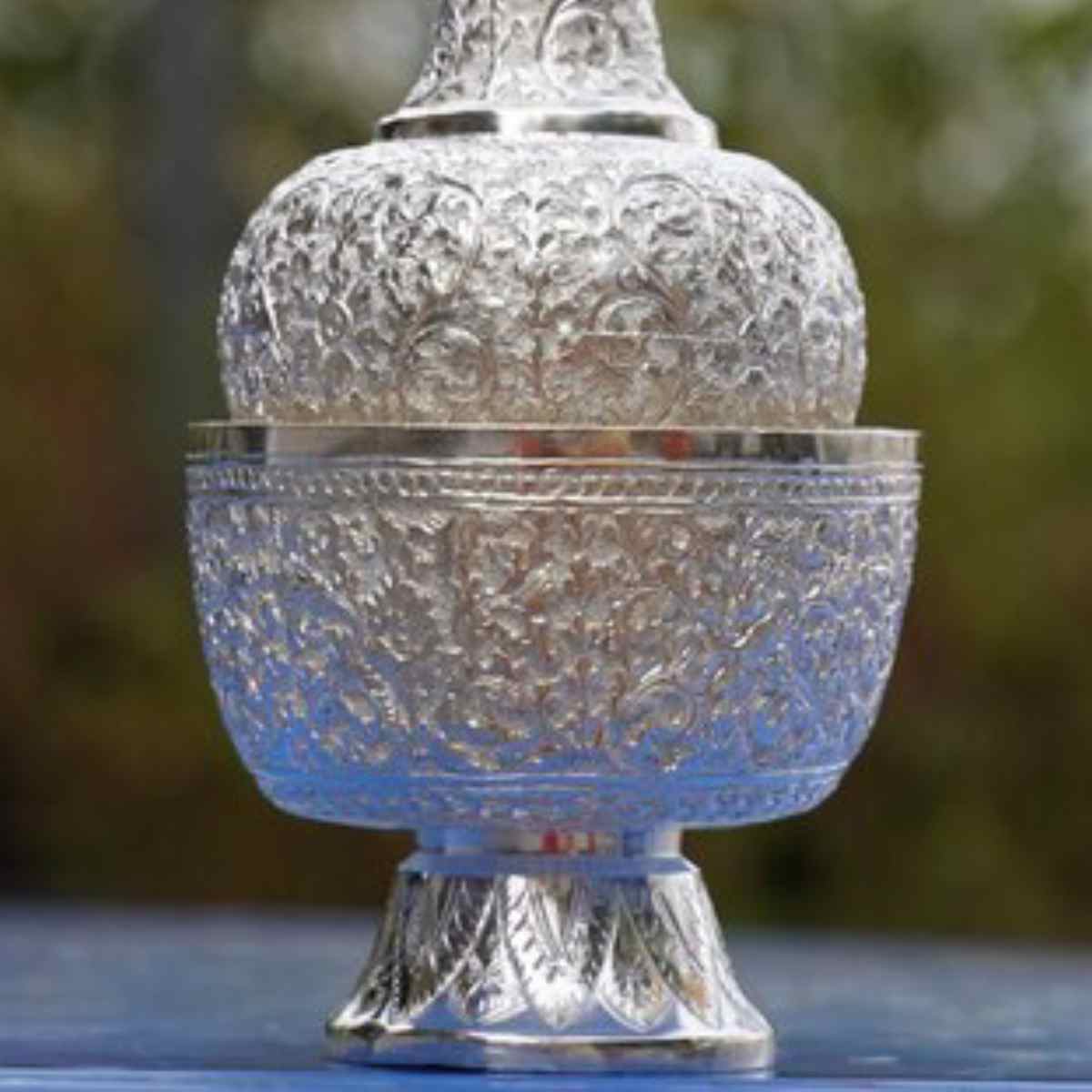
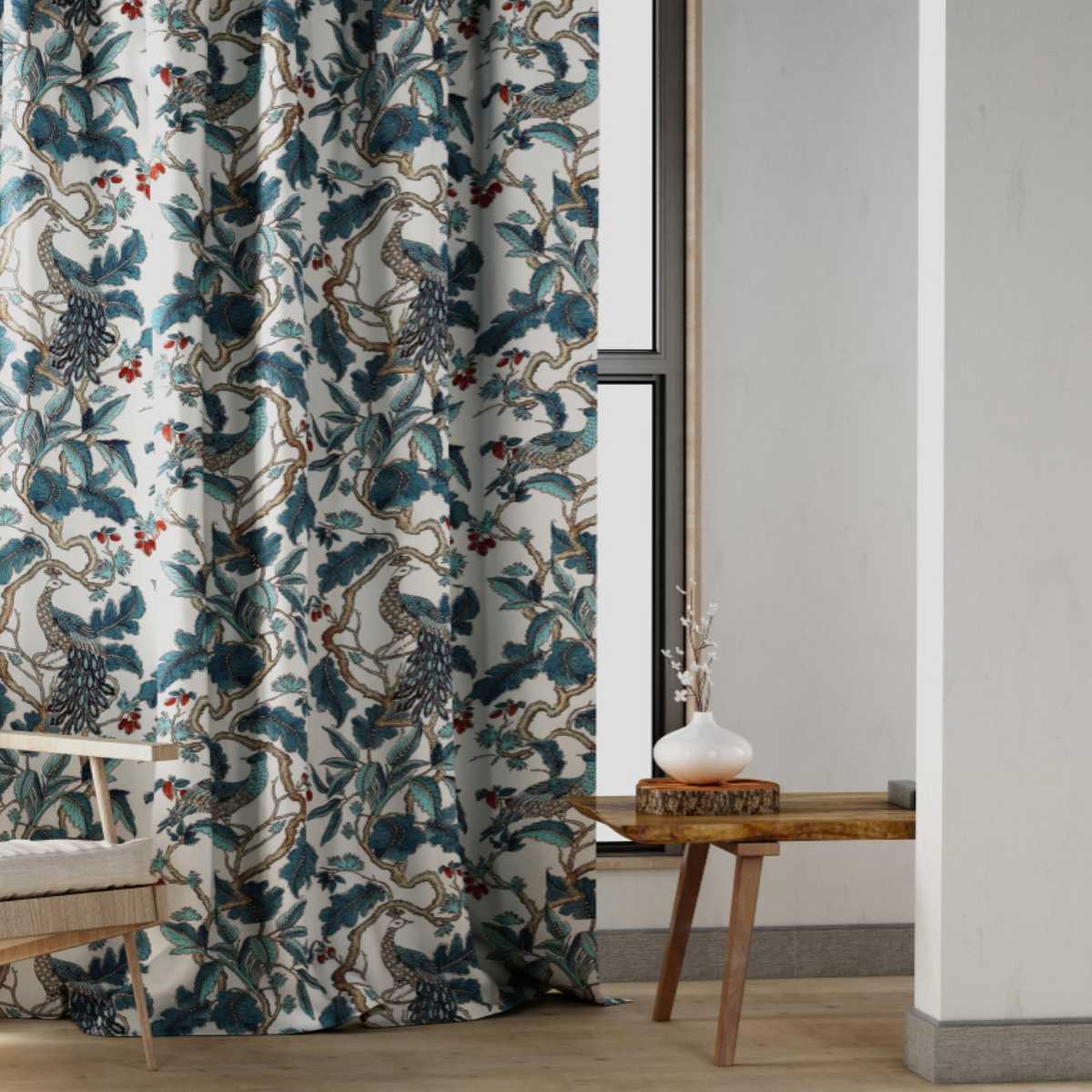
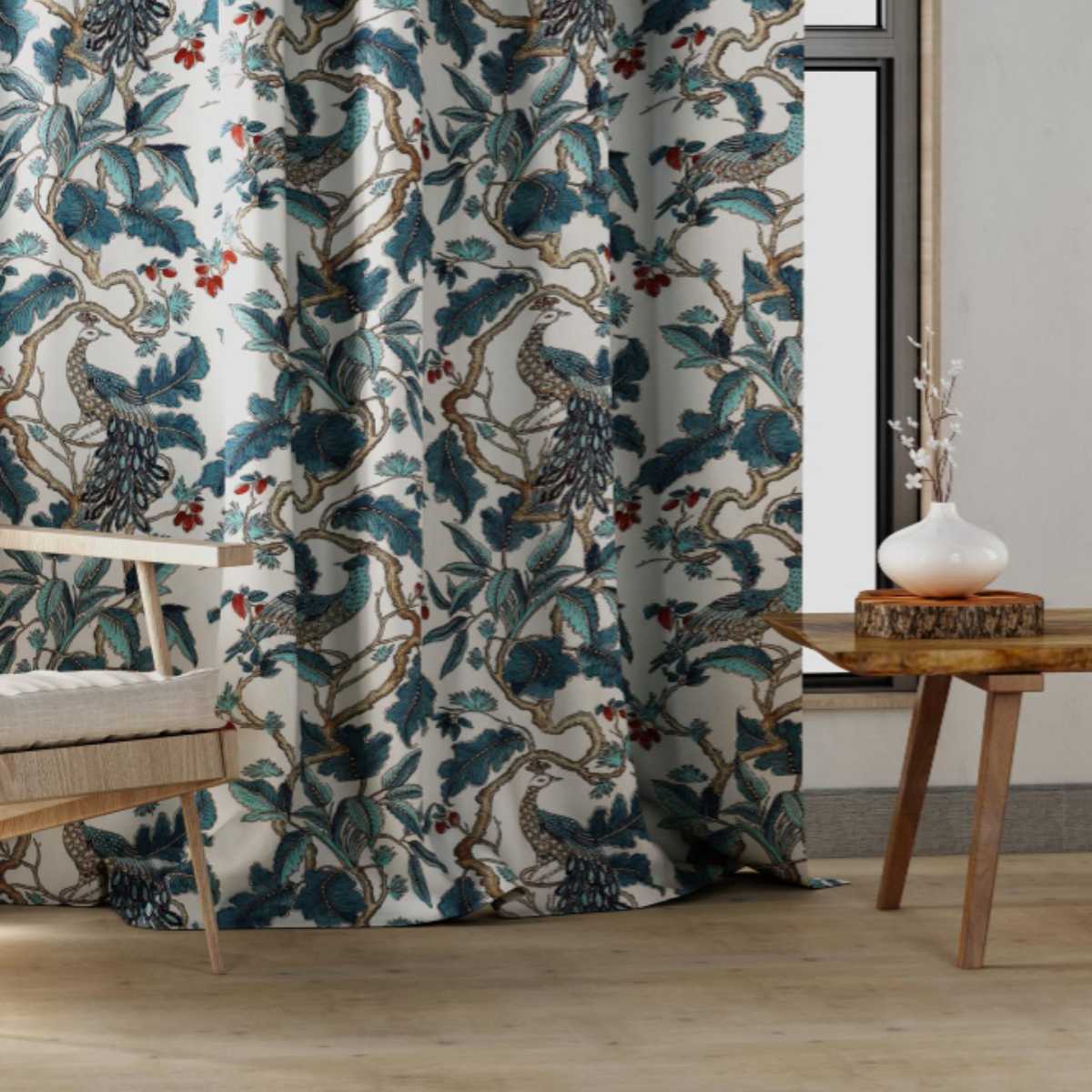
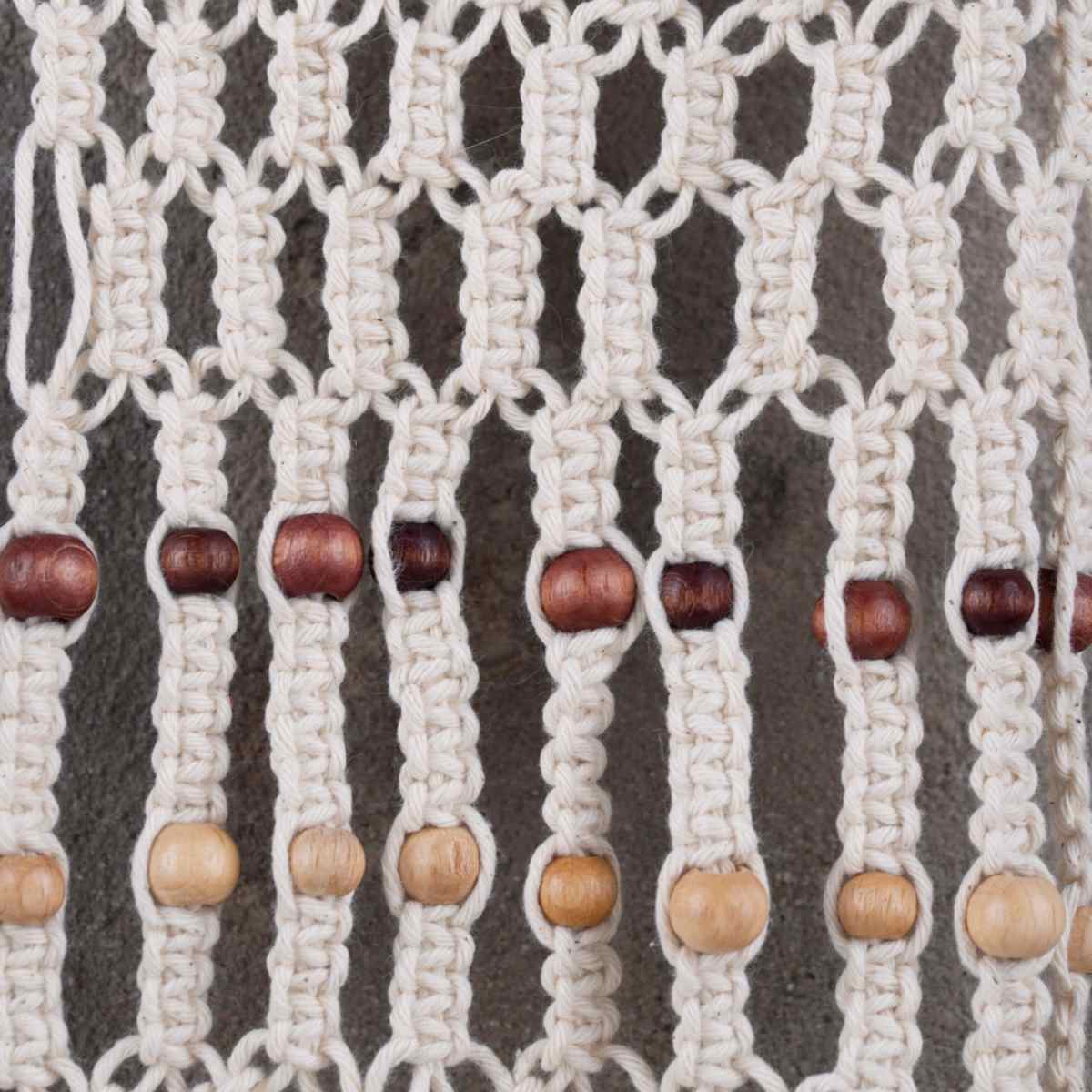
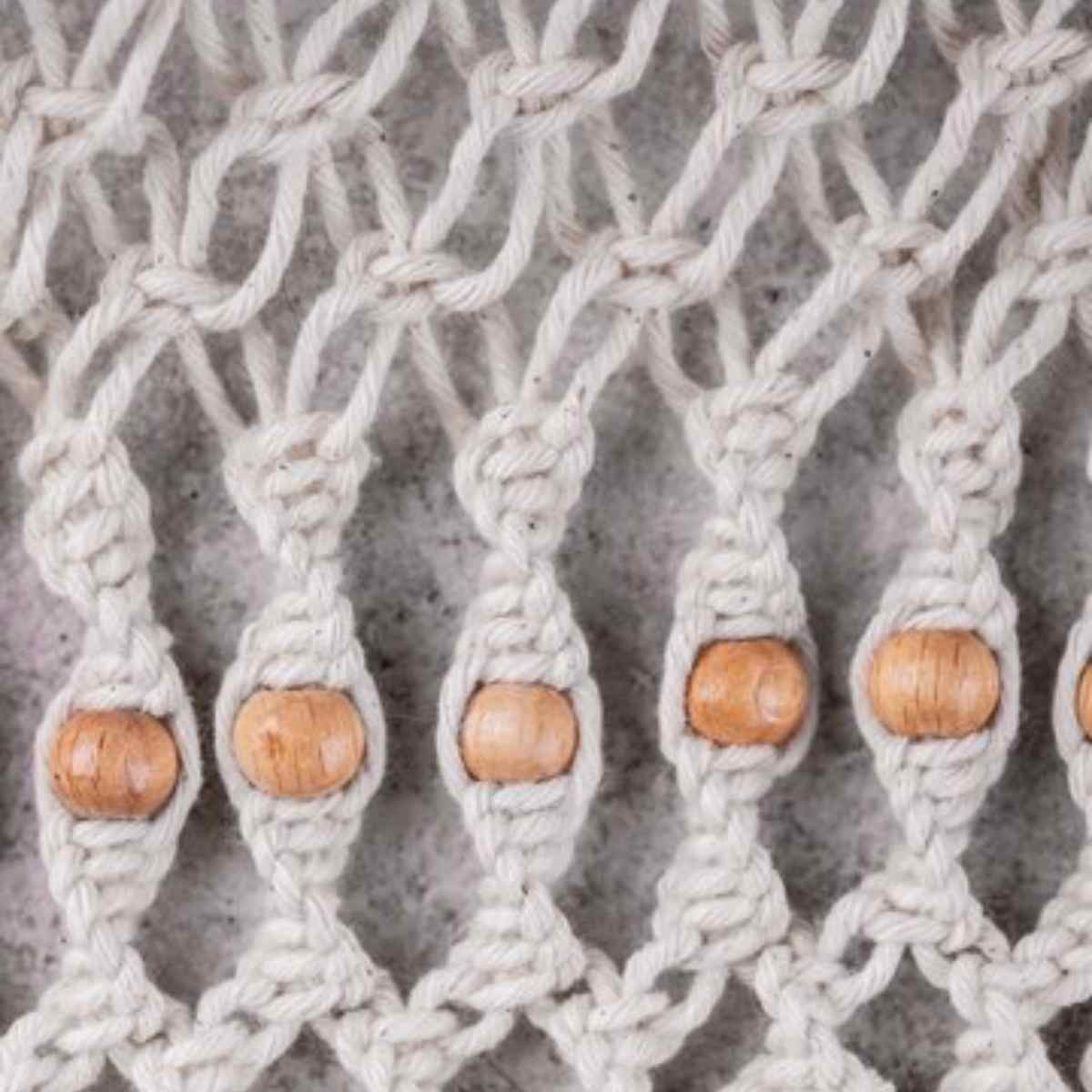

Reviews
There are no reviews yet.